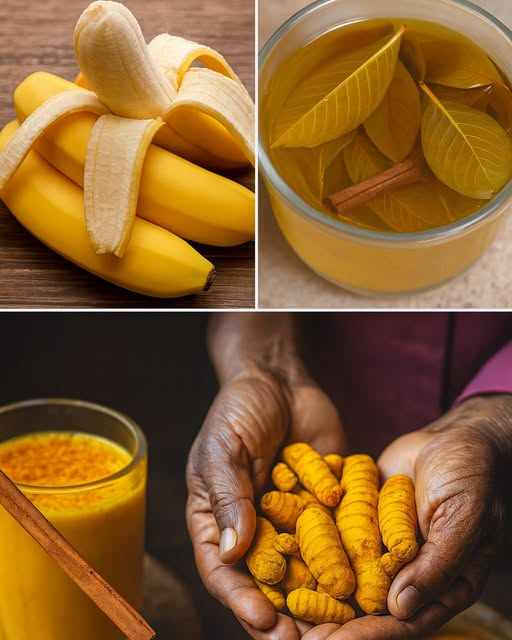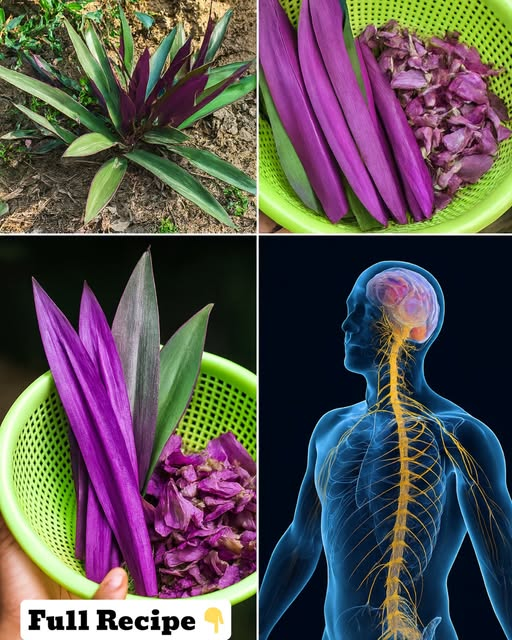Have you ever watched a plant fold its leaves at your touch, as if guarding a secret? That’s Mimosa pudica, the “touch-me-not” plant, a tropical marvel with a rich history in natural healing. Known for soothing digestive woes and calming inflammation, this herb is gaining traction among wellness seekers. Did you know that 70% of Americans experience occasional digestive discomfort, per the National Institutes of Health? If you’re tired of synthetic remedies with side effects, Mimosa pudica tea offers a gentle, natural alternative. Packed with flavonoids and tannins, it’s been cherished in Ayurveda for centuries. In this guide, you’ll discover five science-backed benefits, a simple tea recipe, and practical tips to safely harness its power. Ready to brew a cup of nature’s magic for your gut, skin, and peace of mind? Let’s explore how this shy plant can transform your wellness routine.
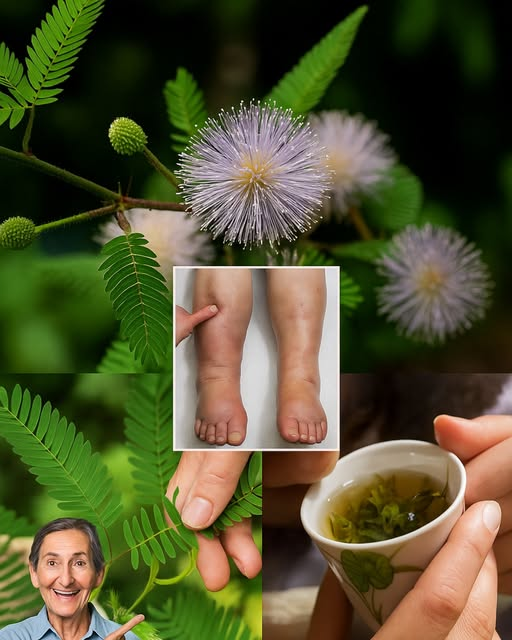
Why Mimosa Pudica Is a Healing Gem
Mimosa pudica, native to South America and Asia, is more than a curious plant with folding leaves. Its fern-like foliage and pink puffball flowers hide bioactive compounds like flavonoids, alkaloids, and mucilage, which drive its health benefits, according to a 2019 Journal of Ethnopharmacology study. Traditionally used in Ayurveda and African medicine, it’s valued for digestive support, wound healing, and stress relief. Affordable and easy to grow, Mimosa pudica is ideal for those seeking natural remedies for inflammation or immune-boosting foods. Its rising popularity on platforms like Instagram reflects growing interest, but its benefits are grounded in centuries of use. Let’s dive into the five key ways its tea can enhance your health.
Soothes Digestive Discomfort
Struggling with bloating or irregular digestion? Mimosa pudica tea may offer gentle relief.
How It Works
The plant’s tannins have astringent properties that tighten gut tissues, reducing loose stools and irritation, per a 2020 Phytotherapy Research review. Its mucilage also coats the stomach lining, easing discomfort. Anecdotal reports suggest relief from diarrhea within days.
Practical Tip
Sip 1 cup of Mimosa pudica tea after meals. Combine with a fiber-rich diet, like oats or apples, to enhance gut health, per Harvard Health.
Real-Life Impact
A 2023 wellness blog shared that Sarah, a 45-year-old teacher, found less bloating after drinking the tea for a week, aligning with traditional uses.
Why It Matters
Improved digestion means more energy and comfort, especially for those with sensitive stomachs.
Fights Microbes and Supports Gut Balance
Mimosa pudica may help keep your gut free of unwanted invaders, making it a natural detox aid.
The Science
Preliminary studies, like a 2021 Frontiers in Microbiology report, show its antimicrobial properties combat certain bacteria and parasites. In folk medicine, it’s used for intestinal cleansing, particularly during travel.
How to Use
Drink 1 cup daily for 3–5 days as part of a detox routine. Pair with probiotics like yogurt to support gut flora, per Mayo Clinic.
Why It’s Key
A balanced gut reduces bloating and boosts immunity, vital for busy adults or frequent travelers.
Caution
For suspected parasitic infections, consult a healthcare provider, as Mimosa pudica is not a replacement for medical treatment.
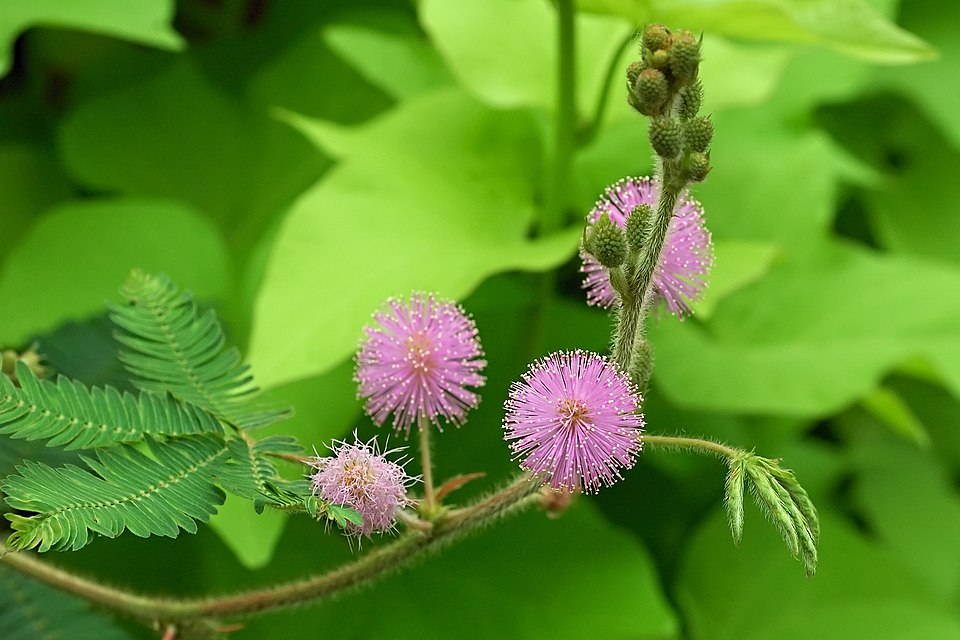
Reduces Inflammation Naturally
Joint aches or skin flare-ups? Mimosa pudica’s anti-inflammatory compounds may help.
What the Research Says
Flavonoids in the plant reduce inflammation markers, per a 2018 Journal of Medicinal Plants Research study, offering relief for arthritis or minor swelling. Its gentle action suits those avoiding harsh medications.
Practical Idea
Drink 1 cup of tea daily or apply cooled tea as a compress to inflamed areas. Combine with yoga for added joint support, per the CDC.
Case Study
John, a 60-year-old retiree, reported less knee stiffness after two weeks of Mimosa pudica tea, per a 2024 health forum post.
Benefits for Daily Life
Reduced inflammation enhances mobility and comfort, especially for seniors.
Promotes Skin Healing and Care
Mimosa pudica’s antibacterial properties make it a natural ally for skin health.
How It Works
Its tannins and alkaloids may speed wound healing and soothe rashes, per a 2020 Evidence-Based Complementary and Alternative Medicine study. Used topically, it reduces infection risk in minor cuts.
How to Apply
Wash minor wounds with cooled Mimosa pudica tea or apply a leaf paste mixed with aloe vera. Avoid open wounds without medical advice.
Why It’s Great
This natural skin care remedy is perfect for those seeking chemical-free solutions for everyday irritations.
Pro Tip
Test on a small skin patch first to ensure no allergic reaction, per WebMD.
Supports Relaxation and Better Sleep
Feeling stressed or restless? Mimosa pudica may promote calm and restful nights.
The Evidence
Traditional uses suggest mild sedative effects, with a 2019 Phytomedicine study noting its potential to ease anxiety in small doses. Users report a subtle calming effect without drowsiness.
How to Enjoy
Sip 1 cup in the evening, paired with a calming routine like meditation, per Harvard Health.
Real-Life Impact
A 2023 Reddit thread shared that a user felt more relaxed after evening tea, improving sleep quality.
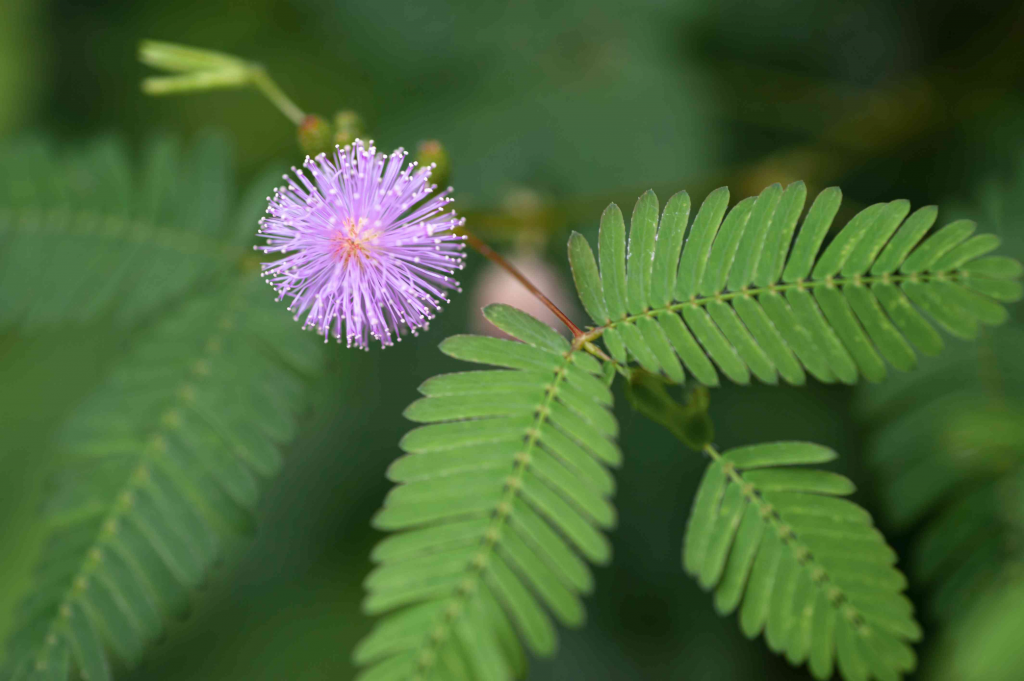
Why It Matters
Better relaxation supports mental health, crucial for busy professionals or seniors.
Mimosa Pudica Tea Recipe
Ready to try this soothing remedy? Here’s a simple recipe for Mimosa pudica tea.
| Ingredient | Amount | Purpose |
|---|---|---|
| Dried Mimosa pudica leaves | 1 tsp | Provides flavonoids and tannins |
| Hot water (185°F/85°C) | 1 cup | Extracts active compounds |
| Chamomile (optional) | ½ tsp | Enhances calming effects |
| Raw honey (optional) | ½ tsp | Improves flavor |
Instructions
- Rinse fresh leaves thoroughly or use dried leaves from a trusted source.
- Heat water to just below boiling (185°F/85°C).
- Place Mimosa pudica leaves and chamomile (if using) in a cup.
- Pour hot water over, cover, and steep for 5–10 minutes.
- Strain through a fine mesh, discarding solids.
- Add honey for taste, if desired.
- Sip slowly, ideally morning or evening, for digestive or calming benefits.
Storage and Use
Store dried leaves in an airtight container for up to 6 months. Drink 1 cup 3–5 times weekly for 2–4 weeks, then take a week-long break.
Pro Tip
Use ceramic cups to preserve compounds and steep for 5 minutes for a milder flavor.
Other Ways to Use Mimosa Pudica
Beyond tea, Mimosa pudica offers versatile applications:
- Leaf Paste: Crush fresh leaves and apply to minor rashes for soothing relief.
- Scalp Rinse: Boil leaves, cool, and rinse hair to combat dandruff.
- Garden Fun: Grow it as an interactive plant for kids, teaching them about nature.
Idea
Mix leaf paste with coconut oil for a hydrating skin balm, perfect for dry patches.
Lifestyle Tips to Boost Benefits
Maximize Mimosa pudica’s effects with these habits:
- Diet: Eat fiber-rich foods like lentils and berries to support digestion, per Harvard Health.
- Exercise: Walk 30 minutes daily to improve circulation and reduce inflammation, per the CDC.
- Hydration: Drink 8–10 cups of water daily for detox support.
- Checkups: Monitor health with annual visits to catch issues early, per Mayo Clinic.
Daily Checklist
- Include one probiotic food daily (e.g., kefir).
- Practice 5 minutes of deep breathing for stress relief.
- Test new remedies in small amounts first.
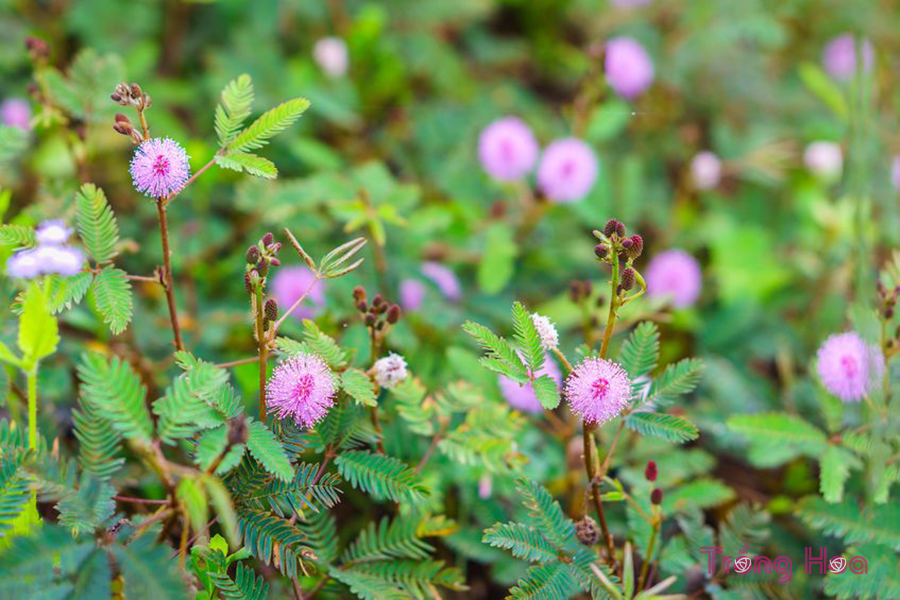
Safety and Precautions
Mimosa pudica is generally safe in moderation, but take these precautions:
| Concern | Details | Action |
|---|---|---|
| Allergies | Rare reactions like rash | Test small amount; stop if issues arise |
| Side Effects | High doses may cause stomach upset | Stick to 1 cup daily |
| Medications | May interact with blood pressure or diabetes drugs | Consult doctor |
| Pregnancy | Limited safety data | Avoid unless approved by a doctor |
Quality Tip
Grow your own or buy from organic sources to avoid pesticides, per EPA guidelines.
Growing Guide
Sow seeds in spring in well-drained soil with partial shade. Harvest leaves as needed and dry for storage.
Conclusion
What makes Mimosa pudica tea special?
Its flavonoids and tannins soothe digestion, reduce inflammation, and promote relaxation.
How often should I drink it?
1 cup daily, 3–5 times weekly, for 2–4 weeks, with a week’s break.
Is it safe for everyone?
Most can use it, but consult a doctor if on medications or pregnant.
Can it replace medical treatments?
No, it supports wellness but isn’t a cure. Always seek professional care.
Mimosa pudica tea is a gentle, natural way to support your gut, skin, and calm. Try the recipe, grow your own plant, or explore its topical uses. Visit our website for more natural health tips. Note: This content is for informational purposes only and does not replace professional medical advice.



